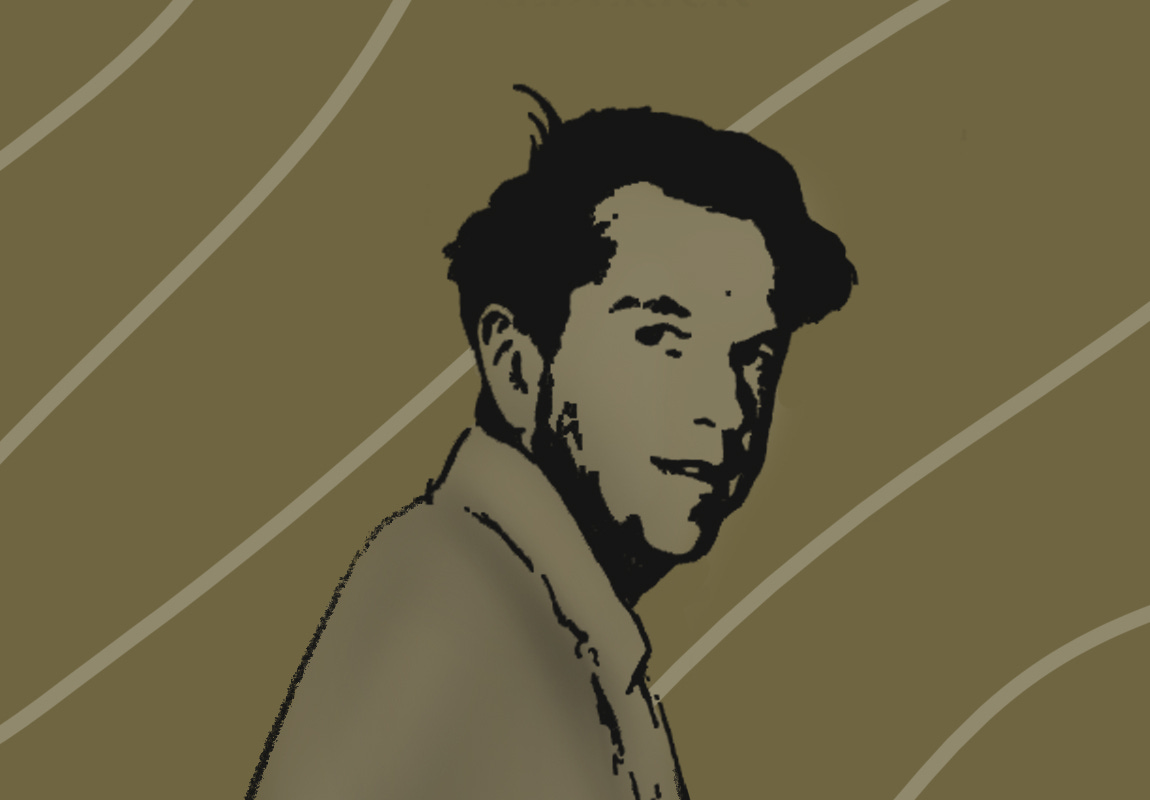Frederick Sanger: The Father of Genomics
Frederick Sanger was born on August 13, 1918, in Rendcombe, England as the second son of Frederick Sanger, a medical practitioner and Cicely Crewsdon Sanger. From 1932 to 1936, Frederick attended Bryanston School, where he excelled in biology and chemistry practicals. Later, he attended Bryanston School and St. John's College, Cambridge, earning a B.A. in natural sciences in 1939. Sanger became interested in biochemistry during his graduation and continued at Cambridge for an extra year to pursue an advanced biochemistry degree.
On December 28, 1940, Sanger married Joan Howe, and they had three children, two sons and a daughter. He studied the metabolism of the amino acid lysine with Dr A. Neuberger from 1940 to 1943, earning a PhD in the topic in 1943. When World War II broke out, Sanger, a conscientious objector, was posted as an orderly to a hospital in Bristol. After finishing his degree, Sanger worked as a post-doctoral researcher in Cambridge University's Biochemistry Department, studying the chemical structure of proteins with protein chemist Charles Chibnall and his team. Sanger's initial objective was to investigate the amino acid composition of insulin.
Insulin, a protein hormone secreted by the pancreas, has been of tremendous scientific interest since it was discovered in the early 1920s that it might be used to cure diabetes. Sanger discovered that insulin was made up of two types of chains: phenylalanine and glycine. He was able to sequence the amino acids of each chain using partition chromatography and the new technique of paper chromatography. He deduced how the two chains were linked together, determining that the full structure consisted of two chains. One of the two chains was twenty-one amino acids and the other of thirty amino acids—held together by two sulphur atoms as S-S covalent bonds. Sanger had discovered the whole structure of bovine insulin by 1954.
In 1980, Sanger shared his second Nobel Prize in Chemistry with Paul Berg and Walter Gilbert for determining the nucleotide sequences in DNA, becoming only the fourth person in history to have been awarded two Nobel Prizes.
Sanger was awarded the Nobel Prize in Chemistry in 1958 for his revolutionary study on protein structure, which led to the discovery of the structure of the insulin molecule. He continued studying insulin, sequenced the insulin of different mammals and compared the results. In addition, Sanger pioneered technologies for sequencing radioactively labelled proteins between 1956 and 1962. He relocated to the Medical Research Council Laboratory of Molecular Biology on the outskirts of Cambridge in 1958.
Sanger's research focus shifted to nucleic acids, and he began sequencing RNA. He employed radioactive technologies to sequence RNA, and the first RNA was entirely sequenced in 1967, followed by tRNA in 1969. Sanger was prepared to tackle DNA sequencing by 1970.
He created a new DNA sequencing approach based on acrylamide-gel "read-off" procedures. Later, he decided to sequence a bacterial virus's single-stranded DNA. As a result, in 1977, Sanger's team extracted most of the DNA sequence of bacteriophage ɸX174, the first complete genome sequenced, consisting of about 5375 nucleotides.
In 1980, Sanger shared his second Nobel Prize in Chemistry with Paul Berg and Walter Gilbert for determining the nucleotide sequences in DNA, becoming only the fourth person in history to have been awarded two Nobel Prizes. He also sequenced human and bovine mitochondrial DNA before retiring in 1983. His subsequent contributions defined the fundamental genetic concepts used in every biotechnology application.
Apart from the two Nobel Prizes, Sanger has received many other honours for his remarkable work on genetics and biotechnology. Fellow of the Royal Society in 1954, Commander of the Order of the British Empire (CBE) in 1963, Royal Society's Royal Medal in 1969, Copley Medal in 1977, and Order of Merit in 1986 are some of them. He denied a knighthood as he did not want to be addressed as "Sir".
Frederick Sanger died on November 19, 2013, aged 95, of aspiration pneumonia at Addenbrookes Hospital, Cambridge.


